Winters in Asturias, Spain, feel wild and alive. One minute, I’m gazing at the snowy peaks of the Picos de Europa; the next, I’m listening to waves slam into the rugged Atlantic coast.
Asturias really puts its wild side on display in winter, mixing jaw-dropping mountains and fierce shores with a kind of cultural warmth that just lingers.
Even when the wind bites, Asturias knows how to keep you warm. After a blustery walk or a brisk hike, I can’t think of anything better than a steaming bowl of fabada, that legendary local bean stew.
Every meal, every landscape, seems to shout Asturias’ unique spirit. Winter travel here feels both welcoming and full of adventure.

When you come to Asturias in winter, you get a version of Spain that most people miss. Nature’s raw edge and the comfort of local traditions make each day stick with you.
I always leave feeling more connected—not just to the land, but to the people and their stubborn, joyful culture.
Winter Wilderness: Asturias’ Snowy Peaks and Dramatic Scenery
Asturias turns into a place of sharp contrasts during winter. Snow piles up on the high mountains, while wild coastlines thunder below.
The culture of the remote mountain pueblos feels especially magical now.
Picos de Europa: The Snow-Capped Heart of Asturias
Standing beneath the Picos de Europa National Park, I get that familiar sense of awe at those rugged, snow-capped slopes. The “Peaks of Europe” shoot up steeply, usually dusted in white from November to March.
These mountains don’t just attract hardcore hikers. Photographers, snowshoers, and anyone who loves a dramatic backdrop come here too.
I’ll never forget my favorite winter view: the Naranjo de Bulnes. This massive limestone monolith rises almost 2,520 meters and glows pink and orange at sunrise.
If you like your adventure safe but thrilling, check out the winter hiking trails like the Ruta del Cares. Even in the cold, you’ll find walkers bundled up, their breath fogging in the crisp mountain air.
Some peaks look a bit intimidating from afar, but tourist routes make them accessible. The snow amps up the drama—frozen rivers, echoes bouncing off the valleys.

I spot traditional shepherd huts and sometimes a deer in the snow, which just adds to the winter feel.
Mountain Villages: Authentic Life Amid the Peaks
Hidden between peaks, secluded mountain pueblos keep old traditions alive. I love wandering through places like Bulnes or Sotres, where stone houses and winding paths hide from the wind.
Sitting in a tiny café, I feel the pulse of Asturian culture, especially with a fireplace crackling nearby.
Life slows down here in winter. Locals gather for hearty meals—fabada, of course, or sidra, the local apple cider.
I join in sometimes, swapping stories and picking up bits of heritage from elders by the window.
Villages host winter festivals that spotlight Asturian culture. Handmade crafts and simple music bring everyone together as the snow falls.
The warmth of these pueblos matters just as much as the peaks, giving you a real taste of Spanish life far from the usual crowds.
Wildlife and Nature Experiences in Winter
Even when the cold settles in, wildlife thrives in Asturias’ protected areas. Brown bears wander the Cantabrian mountains, and wild horses graze on snowy hillsides.
Winter is a special time for nature lovers like me. The parks feel quieter but still full of life—birds and deer stand out against the snow.
I usually start my wildlife days in Somiedo or Redes Natural Parks. Both focus on conservation and rare animals.
Guided walks let me explore safely, and local guides share stories about wolves, chamois, and elusive otters.
If you want more adventure, there’s plenty to try: snowshoeing, guided hikes, even cross-country skiing. Local outfitters keep things running.
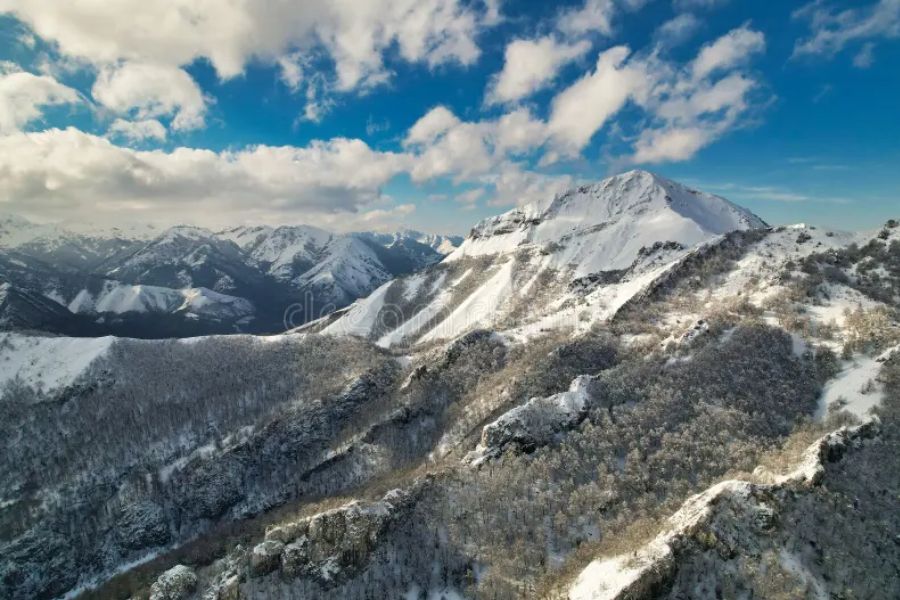
Nature in Asturias doesn’t go quiet in winter—it stays wild, beautiful, and open to anyone who wants to see a different side of Spain.
Rugged Coastlines and Seaside Adventures
Asturias in winter mixes wild Atlantic waves with peaceful villages and untouched beaches. The coast shifts when cold winds blow in, blending solitude, adventure, and bold local flavors.
Exploring the Costa Verde in the Off-Season
I found the Costa Verde nothing like Spain’s sunny Mediterranean. This “Green Coast” lines up with dramatic waves and green cliffs, even in the depths of winter.
With fewer visitors, the trails and lookouts go quiet—perfect for slow walks or snapping photos. The air feels sharp, and the sea seems endless.
Walking paths cling to the shore. In towns like Llanes and Ribadesella, I duck into a café for café con leche or warm up with a plate of fabada asturiana.
Adventure sports keep going, too—surfing, sea kayaking, you name it. Guides offer wetsuits and tips.
I joined a small group hike along the coastline’s edge. I loved seeing the ocean and mountains collide in one view—a reminder that Asturias never hides its wild side, even in winter.
Dramatic Cliffs and Hidden Beaches
Asturias’s cliffs are steep and rugged, shaped by storms and centuries of pounding tides. I followed winding paths down to beaches like Playa del Silencio, where only the wind and waves made noise.
In winter, some of these hidden coves are practically empty. That quiet brings a sense of discovery that’s hard to find elsewhere.
Maps help, but locals often know secret spots better than any app. I chatted with a fisherman in Cudillero, and he pointed me to a tiny inlet sheltered from the wind.
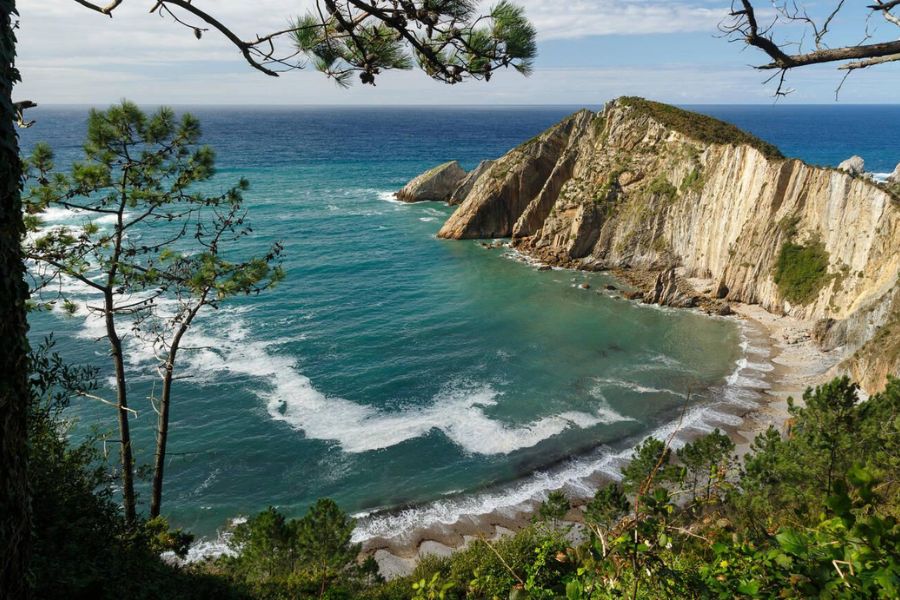
There, tide pools teemed with life and narrow strips of sand made a perfect picnic spot—even if I had to keep my jacket on. These moments prove Asturias is made for those who crave exploration and a bit of solitude.
Coastal Towns: Cider Houses and Maritime Traditions
Asturian coastal towns like Lastres and Luarca shine when summer crowds disappear. Old fishermen’s houses and narrow streets glow with warm lights at dusk.
Inside sidrerías, locals pour cider the traditional way—bottle raised high, splashing into a glass below. The place buzzes with laughter and conversation.
Marine culture is everywhere. Fishing boats come and go under gray skies, and seafood—octopus, crab, anchovies—fills the menus.
I spent hours in lively fish markets, sampling fresh catch and learning how the sea still shapes tradition and food.
Sharing a bowl of caldereta (Asturian fish stew) with strangers, I felt like part of this small, salty world.
Fabada Asturiana: The Hearty Dish That Warms the Winter Soul
Nothing captures the heart of Asturias like a steaming bowl of fabada. Rich flavors, deep warmth, and rustic ingredients make it a true Spanish classic—especially when the mountain air gets wild and cold.
History and Heritage of Fabada
Fabada Asturiana isn’t just a dish—it’s a local symbol. The stew comes from Asturias, a region in northern Spain with misty hills and dramatic winters.
Families have cooked fabada for generations, especially when the weather turns rough and hearty meals matter most.
Locals usually serve fabada on Sundays or at gatherings. I learned that this tradition goes back centuries, rooted in the region’s farming and shepherding life.
Fabada helped people use preserved meats and legumes, especially when fresh ingredients ran short in winter.
You’ll spot fabada on menus all over Asturias, but every home tweaks the recipe. Some families guard their secrets closely, passing them down like treasure.
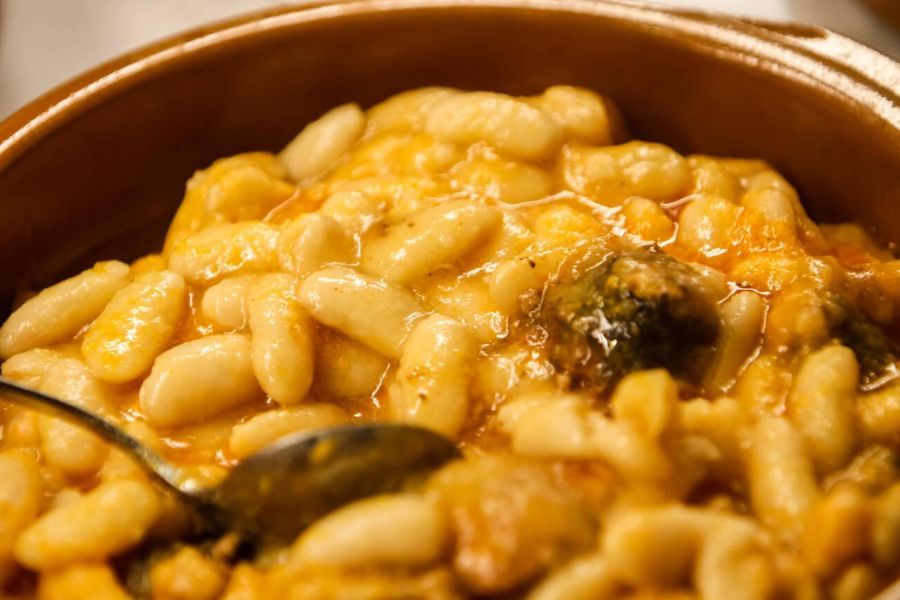
For many, fabada is about more than eating—it’s about sharing warm, festive moments with loved ones.
Local Ingredients: From Chorizo to White Beans
What makes fabada special? Simple, top-notch ingredients.
The dish centers on big white beans—fabes—grown only in Asturias. After hours of slow cooking, they turn creamy and soft.
These beans soak up the flavors from the meats and spices.
The soul of fabada comes from a mix of cured pork, chorizo, and morcilla (Spanish blood sausage). Each one brings its own texture and taste.
Pancetta or cured ham (like lacón or jamón serrano) adds a salty, savory kick. A splash of olive oil ties it all together.
No two fabadas taste exactly the same. Some cooks sneak in extra pork fat or homemade sausages.
The focus always stays on balancing hearty ingredients with slow-cooked goodness—a real reflection of Asturian life.
Where to Savor the Authentic Fabada Experience
The best fabada I’ve ever had was in a stone-walled sidrería on a snowy afternoon. In Asturias, these cozy cider houses serve up the real thing.
Most offer it as the main event, especially in winter.
If you’re in Oviedo or Gijón, look for small, bustling spots packed with locals. Some places start you off with manchego cheese or serrano ham before the main stew.
The vibe is always lively, with big bowls meant for sharing.
During January and February, special fabada festivals pop up across Asturias. Towns like Villaviciosa and Siero fill with the smells of simmering pots and the clink of cider glasses.
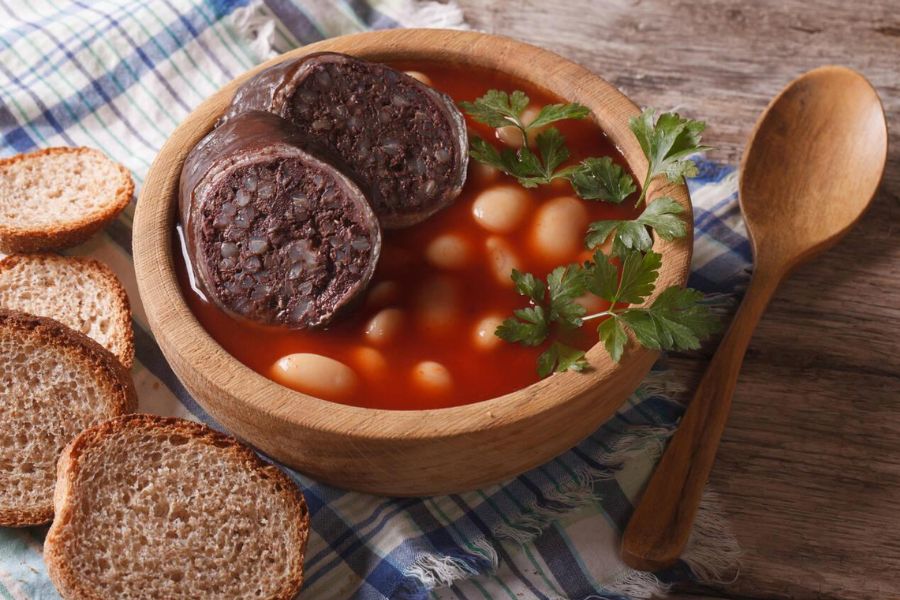
Joining in feels a bit like being welcomed into a family party.
Pairing Fabada: Asturian Cider, Wines, and More
Pairing fabada is half the fun. I always go for Asturian cider—sidra—with its crisp, tart bite cutting through the richness.
Servers pour it from high above the glass, which is a ritual all its own.
Spanish red wines like Rioja or Ribera del Duero also work well. The tannins play nicely with the pork and sausages.
Here’s a quick table for pairing options:
| Food Item | Recommended Drink |
|---|---|
| Fabada Asturiana | Asturian Cider |
| Manchego Cheese | Spanish Red Wine |
| Serrano Ham | Dry Spanish Sherry |
If you’re not into alcohol, try sparkling water with lemon or a light, herbal soda. I’ve even seen locals finish with creamy rice pudding or a strong black coffee.
Whatever you choose, eating fabada in Asturias always feels like a celebration of big flavors and old-fashioned hospitality.
Asturian Culture: Festivities, Folklore, and Artistic Heritage
Asturias bursts to life in winter with deep traditions, vibrant art, and striking historical architecture.
Locals celebrate their history and identity with both ancient and modern touches that I found especially inviting.
Winter Festivals and Traditions
When I got to Asturias in winter, I quickly saw how much the festivals matter for community spirit and cultural pride.
Towns and villages hold fiestas that go back centuries, often celebrating old customs. The Antroxu—Asturias’s unique Carnival—fills streets with costumes, music, and traditional dance, even when it’s freezing.
Local celebrations bring folklore to life with parades, masquerades, and myth-inspired characters.
In some mountain villages, bonfires and ancient rituals light up the long nights.
The sense of identity feels strongest during these gatherings, blending Spanish customs with Asturian roots.
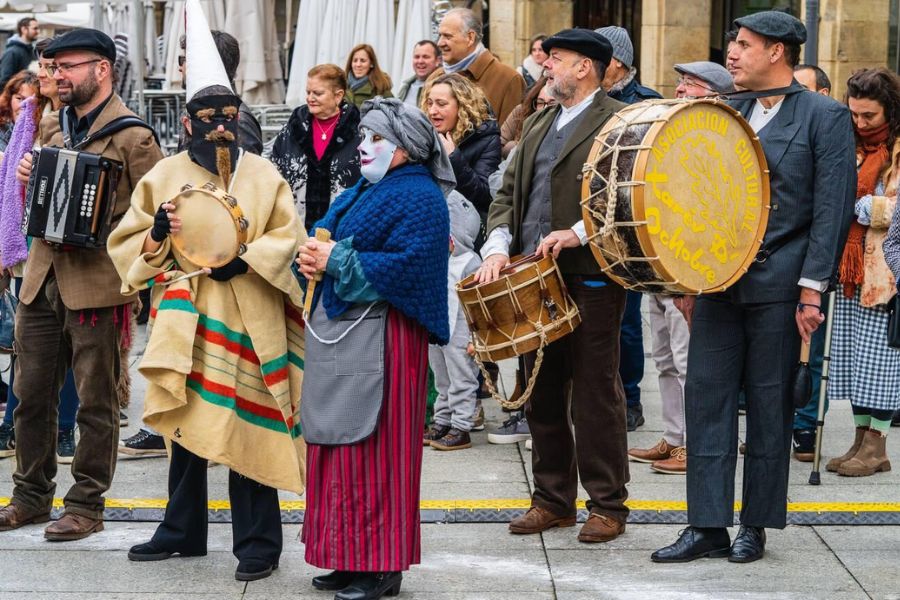
For visitors, joining a local festival feels like stepping right into living history—surrounded by friendly faces and big plates of fabada.
Art, Museums, and Local Galleries
Exploring art in Asturias brought me face-to-face with a wild mix of old and new. The region has museums like the Museo de Bellas Artes de Asturias in Oviedo, where classic Spanish art sits right next to local masterpieces.
Small galleries pop up all over the coastal towns. Often, the artists themselves run them and seem genuinely happy to talk about their work.
Crafts are everywhere. Handmade ceramics, woodwork, and textile arts show just how much locals value their traditions.
If you’re into contemporary art, you should check out galleries in Gijón. I loved watching local identity blend with global influences—sometimes in ways I didn’t expect.
These places pull you in, offering workshops and tours that made me feel part of Asturias’s ongoing cultural story.
Architecture and Historic Landmarks
Asturian architecture really surprised me. Dramatic mountain settings and ancient buildings sit side by side.
Pre-Romanesque churches like Santa María del Naranco near Oviedo give you stunning views and a real taste of Spain’s medieval roots. I stood there, kind of amazed at how these buildings stand strong through snowy winters. It says a lot about the region’s resilience.
Wandering old towns, I found stone houses with red-tiled roofs that look picture-perfect against the winter backdrop.
Many sites are UNESCO World Heritage sites, recognized for their huge role in Spanish history.
Every building shares a bit of Asturias’s story, from Gothic cathedrals to Celtic-inspired structures that hint at the area’s ancient past.
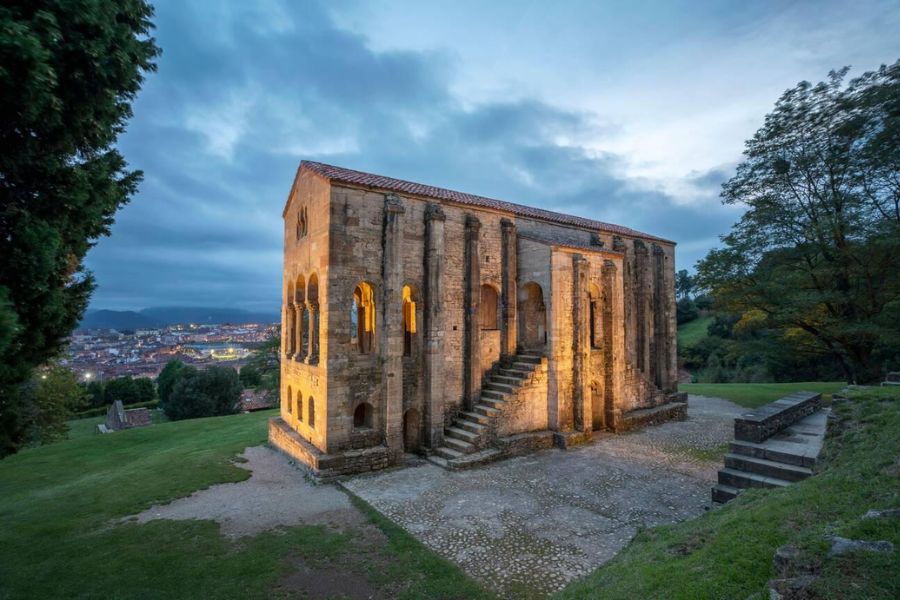
This architecture shapes not just the landscape, but also the local sense of pride.
Adventure for All: Outdoor Activities Beyond the Usual Trails
Asturias turns into a playground for outdoor lovers in winter. I find sweeping snowfields, rugged mountain paths, and dramatic coasts that invite both thrill and peace.
Winter Hiking and Snowshoeing Adventures
Hiking in Asturias during winter feels nothing like the other seasons. The Picos de Europa and Somiedo Natural Park pull me in with snowy trails and quiet pine forests.
Many paths stay open, so I can walk with almost no crowds and spot frozen waterfalls or animal tracks.
Snowshoeing lets me wander off the main tourist routes. Guided tours make it easy for beginners or anyone wanting a bit of local insight.
I move through silent valleys, leaving only my footprints behind, and take in views of snowy peaks and deep green valleys.
I always pack layers, waterproof boots, and a thermos of hot chocolate. Even on a clear day, mountain weather changes fast, so I check trail conditions with local visitor centers before heading out.
Skiing and Mountain Sports in Asturias
When winter settles in, Alto Campoo and Valgrande-Pajares burst to life. These are the main ski resorts in Asturias.
They offer a good mix: gentle slopes for new skiers and steeper runs for anyone chasing a bigger challenge.
Besides alpine skiing, you’ll find snowboarding, cross-country skiing, and even ski mountaineering. Local instructors are around for lessons, and rental shops help if you don’t have your own gear.
It’s easy to spend a full day on mountain sports with modern lifts and cozy mountain cafés waiting at the end of each run.
I always check avalanche risks and stick to marked runs, especially after fresh snow. Safety matters, especially in unfamiliar terrain.
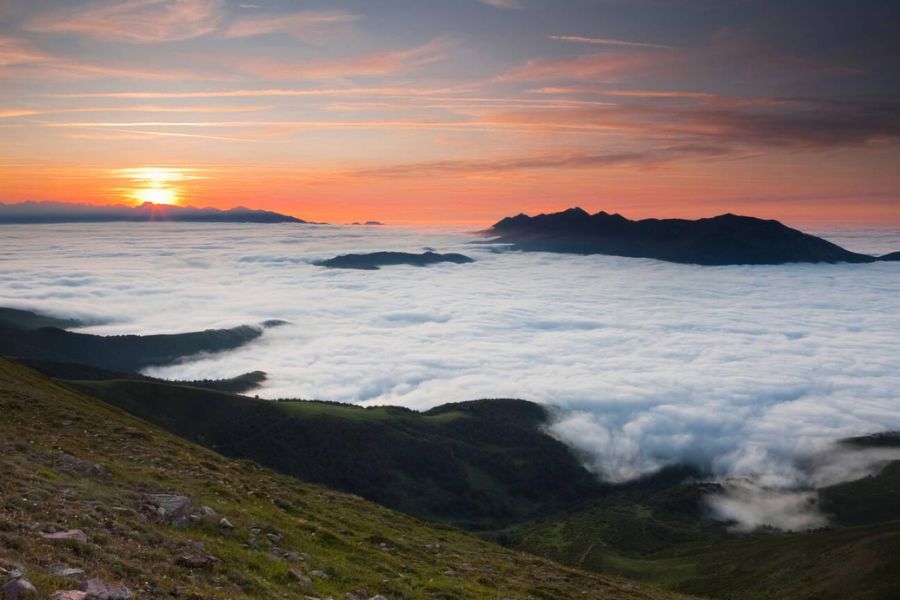
One of my favorite ways to wrap up a snowy day is sharing a ride back down to the coast for a seafood dinner.
Biking and Alternative Outdoor Experiences
Asturias has some pretty surprising biking routes, even in winter. Coastal tracks run along wild cliffs, giving me views of crashing waves and rocky outcrops.
Quieter inland routes let me bike through sleepy villages and frosty fields.
Mountain biking in places like the Redes and Fuentes del Narcea parks is popular. Their winding forest trails and adventure vibes keep things interesting.
I like using e-bikes on the steeper sections—it makes exploring even the hilly areas way less tough.
Local operators rent out bikes and arrange guided rides, which is great when I want to find hidden paths.
If biking isn’t your thing, there’s caving, canyoning through icy gorges, and tidal fishing along the shore. These options let me shape each day differently, mixing adventure with the slower pleasures of walking, food, and the winter scenery.
Practical Tips for Experiencing Asturias’ Wild Side
Exploring Asturias in winter means dealing with mountain roads, unpredictable weather, and the genuine warmth of locals.
Hearty food, dramatic coastlines, and charming towns fill each day. A little planning goes a long way.
Getting to Asturias: Travel Routes and Planning
Flying into Asturias Airport (OVD) is usually the fastest way in. There are direct flights from Madrid, Barcelona, and a few international cities.
The airport sits about 40 minutes from Oviedo and Gijón, the region’s main cities.
Trains and buses work well, though they’re slower, connecting to towns like Avilés, Cangas de Onís, and Llanes.
If you want to explore ski resorts, mountain villages, or rugged beaches, renting a car gives you the most freedom.
In winter, some rural roads get icy or narrow. A compact car with snow tires helps a lot. Most towns have public parking, but spots fill up quickly during local festivals or weekend shopping.

Travel in northern Spain feels less crowded than the big tourist hotspots. I’ve come to appreciate the slower pace, but some services close early or take siesta breaks.
Planning around local holidays and double-checking transportation times has saved me from a few headaches.
Local Etiquette and Embracing Asturian Hospitality
Asturians take a lot of pride in their culture, and I’ve always felt welcome when I try to connect.
A simple “hola” or “buenos días” when you walk into shops or cafés goes a long way. It opens doors for conversation you might not expect.
Supporting local businesses, like family-run sidrerías (cider bars), not only tastes great but brings you right into daily life.
Patience helps, especially when adjusting to Spanish mealtimes or slower service in rural villages. Lunch usually starts after 2 p.m., and dinner can be pretty late if you’re used to North American schedules.
If you ask about local dishes like fabada asturiana, people are often happy to share stories or give tips.
Shopping in cities like Oviedo means boutiques close midday for a long siesta, but they open late into the evening.
Tipping isn’t required, but I usually leave a bit extra for good service. Understanding the local rhythms and customs helps avoid confusion and makes the whole experience richer.
Weather, Packing, and Seasonal Must-Knows
Asturias in winter feels unpredictable—one minute you’re watching snow fall, the next you’re dodging misty drizzle along the cliffs.
I always toss a waterproof jacket into my bag, plus warm sweaters and sturdy shoes with decent grip.
Up in the Picos de Europa, temperatures drop fast after sunset. Layers make all the difference.
A small umbrella or rain poncho? I just stash one in my daypack, just in case.
Coastal winds can get surprisingly strong, so I like to bring a beanie and gloves, even when I’m not heading up high.
If I’m off to mountain towns or ski stations, I’ll check road conditions every morning. Heavy snow sometimes closes them without much warning.

Offline maps come in handy when the phone signal disappears in those remote valleys.
I’ve learned to carry some cash. Tiny villages sometimes don’t have working card readers, and that’s not fun to discover when you’re hungry.
Lots of museums and local spots cut their hours in winter. I always double-check opening times before I set out—it’s saved me more than once.

